Chris Parkin raids the spares bin to prove that a standard .22 LR can still be competitive with a few cheap and cheerful additions...
 credit: Chris Parkin
credit: Chris Parkin
Read part 1 here!
The cost of a dedicated rifle to shoot just long-range targets can be quite daunting and gaining a one-for-one variation or an additional gun is a slow process at the moment due to police forces being particular busy with lockdown delays. The good news is that there are accessories that can make nearly any rimfire long-range capable without a huge competitive disadvantage.
As well as the CZ457 Long Range Precision, I took the time to set up an older CZ452 rabbit gun I have had for years and have genuinely enjoyed as a range gun over that time. It’s possible to get items like inclined Picatinny rails for most rifles and I have used these at times when adding night vision – although I have found in some situations, particularly with the older 452 design, that their span over the ejection port hindered reliable ejection.
 credit: Chris Parkin
credit: Chris Parkin
As a consequence, I turned to adjustable mounts, and had a delve in the armoury, which brought up several sets of adjustable Sportsmatch mounts in dovetail, Weaver fit, 30 and 34mm, which fit the bill. Depending on the ring spacing on your rifle, these 9-11mm dovetail mounts offer up to 45 MOA of added elevation, but you must ensure you can still get the scope to span the entire likely operating range, not just the longest shots!
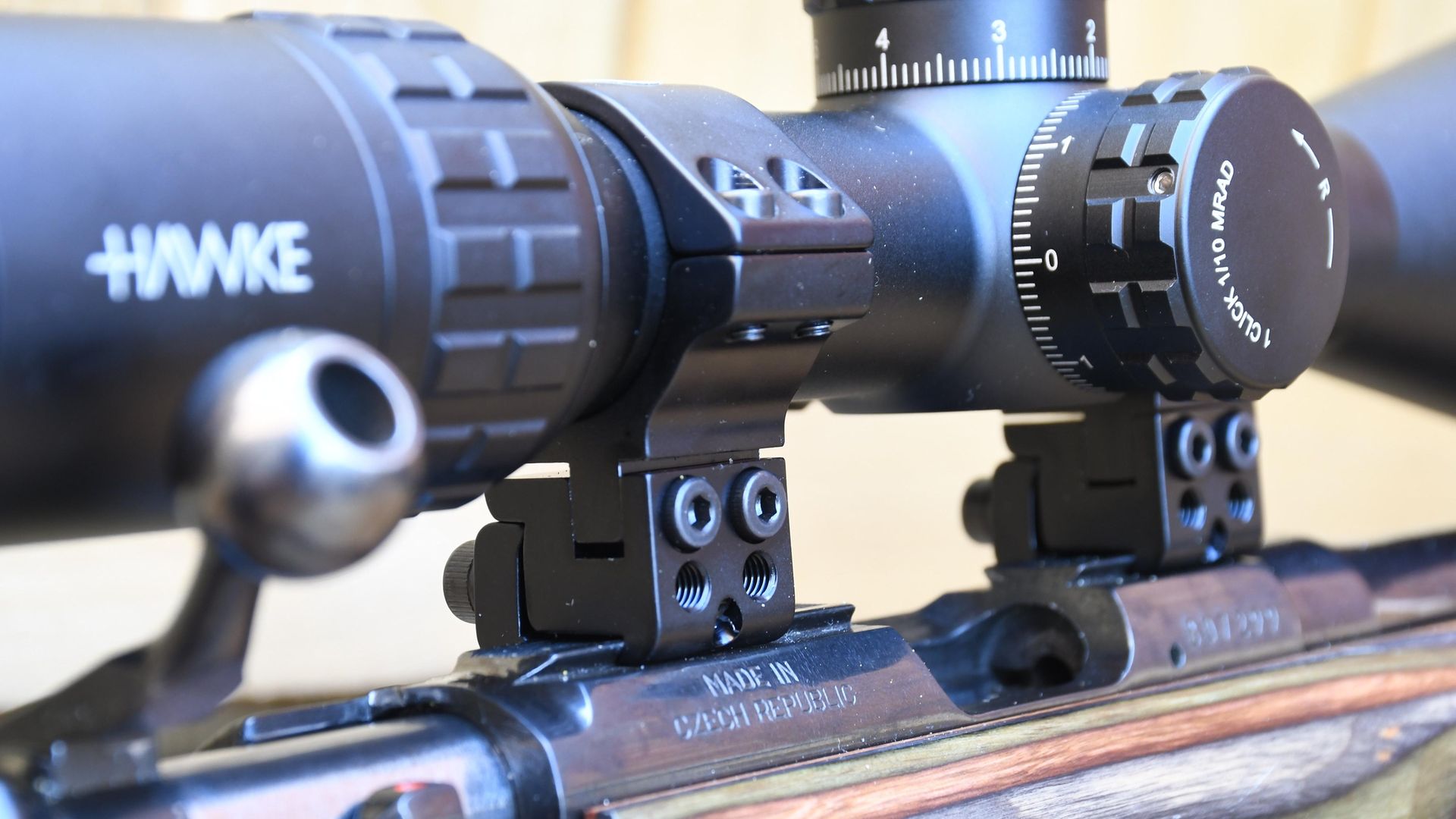 credit: Chris Parkin
credit: Chris Parkin
Bits & bobs
My second stage was swapping the scope. I’m fortunate in having copious spares, but I like to be representative of what users are realistically going to be able to afford, so a Hawke Frontier 30 FFP was a little more realistic than some of the S&B units I had been using on the 457 review.
Zeroed at 100 metres, with the rear ring fully raised and the front at its lowest setting, I was able to dial on a further 12.3 mRad (1 mRad equals 3.44 MOA, so an additional 42.3 MOA) which I calculated under optimum conditions to reach about 295 metres before I had to start aiming creatively!
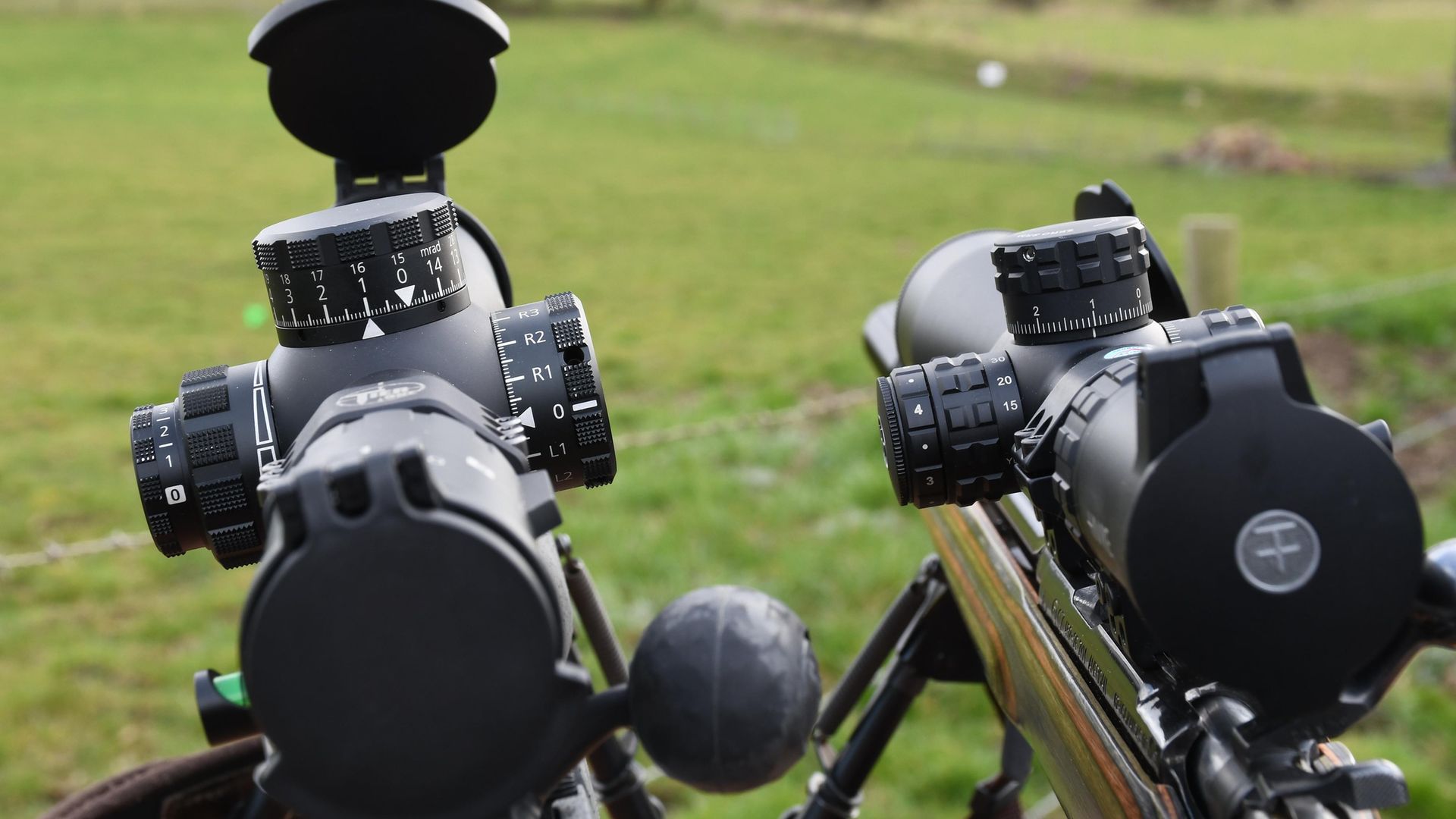 credit: Chris Parkin
credit: Chris Parkin
Now compared to the set-up with the 457, which was supplied with a 25 MOA rail, I was only reaching about 45 metres further using a £3,000 optic, so it’s really looking rather good in terms of value. I don’t think it’s all about distance, it’s about learning ballistics, trying different ammunition and enjoying shooting.
I then swapped that rifle over to a 3-15x50 Minox ZP5 which is a another equally premium optic but with less magnification and shorter internal erector tube; this allows a greater adjustment range (regardless of specific brand when comparing like for like). This made the 457, still using the shared SK Match ammo, capable of dialling 26 mRad beyond its 100 metre zero, a theoretical 490 metre reach. Given that 300m is getting seriously tricky, even without wind, these numbers exceed your likely needs.
Comparatively, the 457 offers a lot of stock adjustability but it becomes a big, heavy rifle. Its 4" longer barrel gives no velocity benefits, although it does seem to lessen extreme spreads and significant flyers. On the other hand, the 452 hunting rifle, itself vastly modified during its life with an alternate stock, is still a compact truck gun, a handy carry with just a 16" barrel.
The trigger might not be as crisp, but it is equally light and frankly, on paper below 100 metres, it was neck and neck on group sizes with ammo variability always the weak point. If anything, I felt the Hawke’s 20x mag gave me a slight benefit for precise aiming over the 15x Minox on paper targets, but on steel I preferred the Minox in terms of handling.
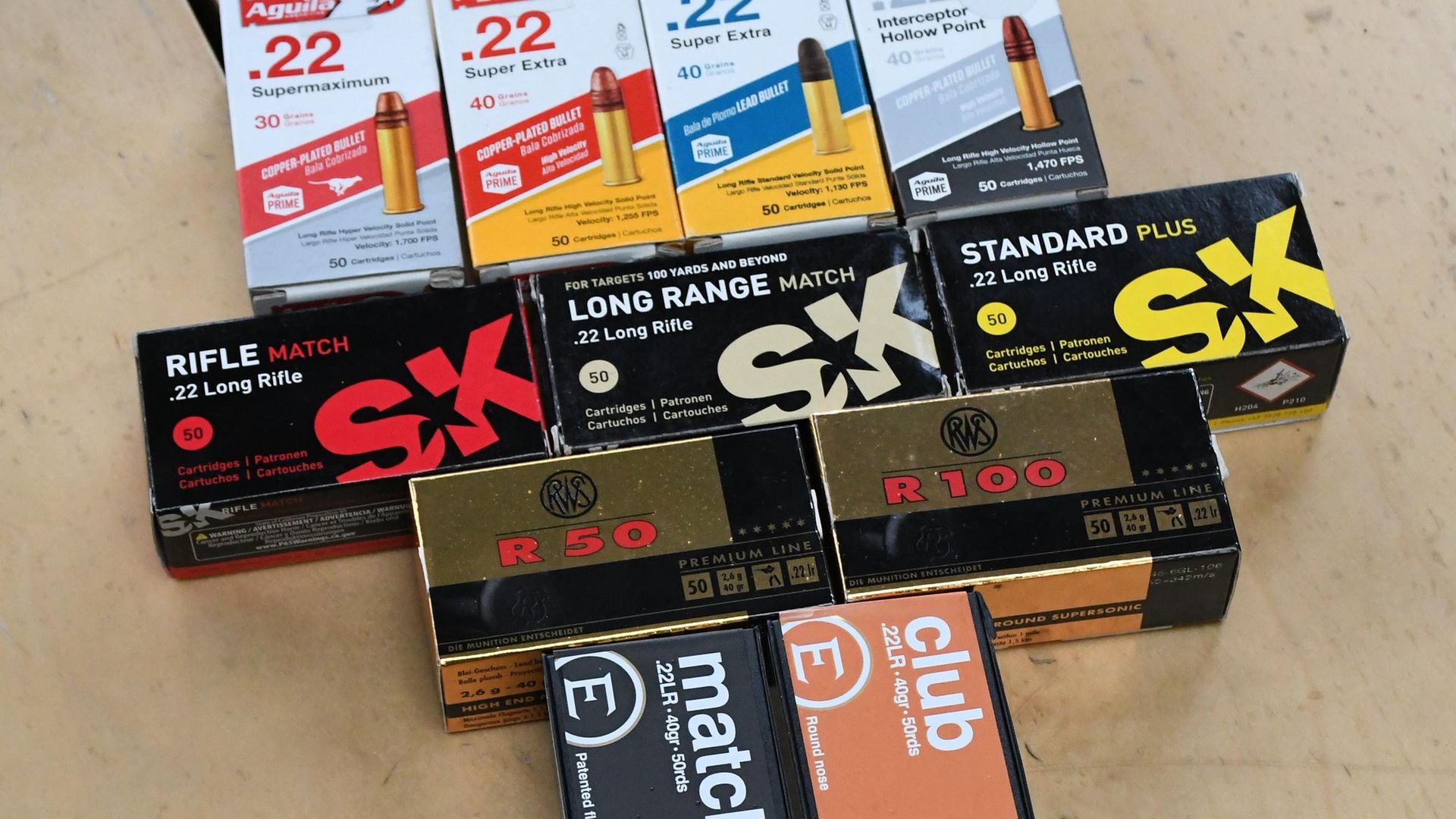 credit: Chris Parkin
credit: Chris Parkin
Swings & roundabout
From improvised positions and using smaller rests, the 452 again won, although with a short length of pull and minimal cheek support was beaten by the 457 at longer ranges when prone, especially when firing greater quantities of ammo. This was because the length and weight made the newer gun, designed more for this type of activity, better suited to almost hands-free operation.
The bolt was fingertip rather than finger and thumb operable. With the shoulder loading the bipod’s feet prone, the rifle was almost self-aiming whereas the older gun needed a more dynamic correction each time it was reloaded. Similarly, that relaxed feel when shooting distant targets and secure head support simply required less muscle support on the head and neck, minimising effort needed to maintain a constant vignette free sight picture.
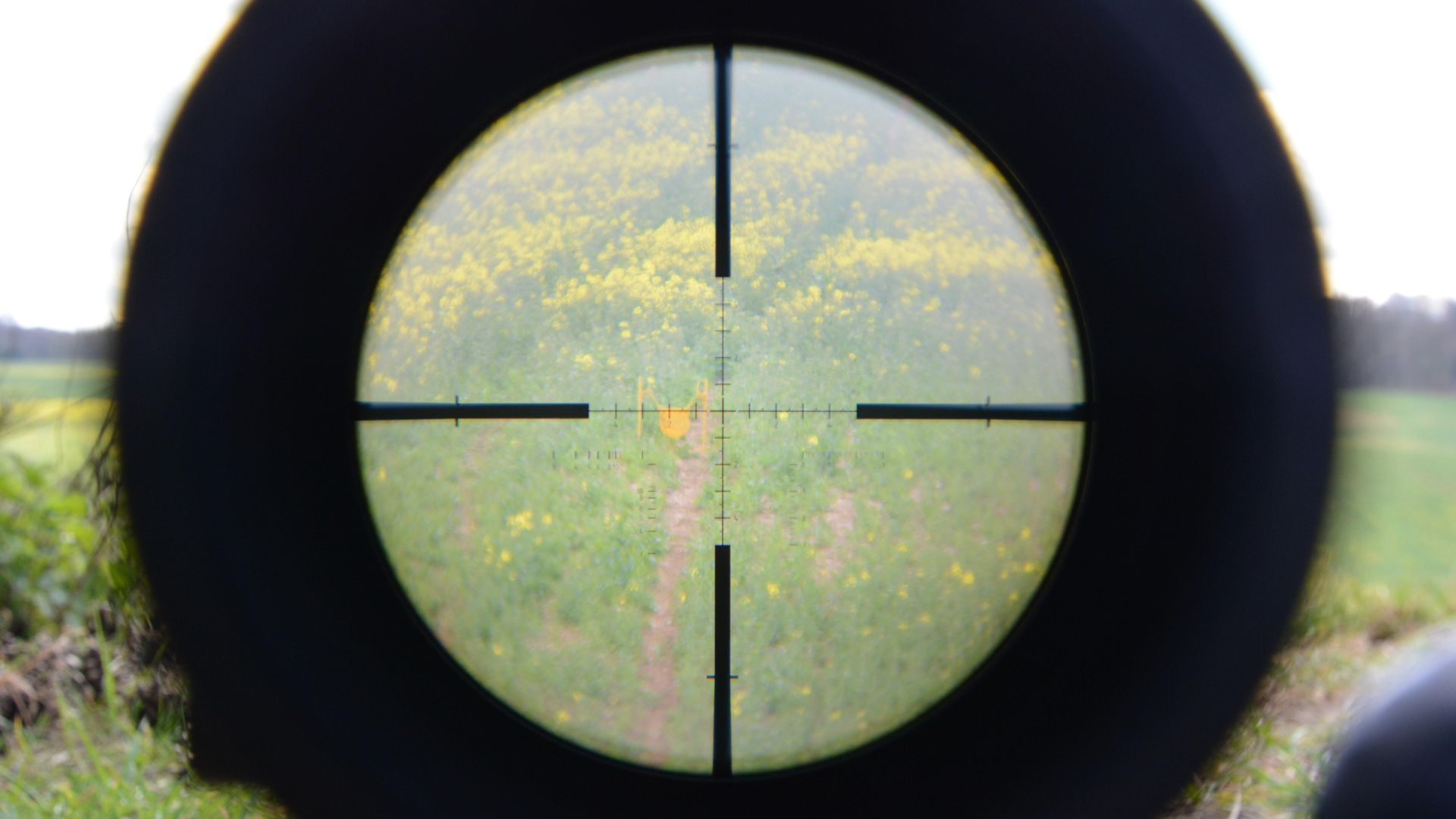 credit: Chris Parkin
credit: Chris Parkin
This meant the rifle could be reloaded before the bullet even arrived at 220m, confident you were not going to lose sight of the impact or miss and thereby be able to make a fast correction to follow up. I missed plenty of steel gongs, yet they were the shots I learned the most. A second factor of maintained scope alignment as well as parallax-free sight picture is you don’t make small aiming errors, and mounting a level bubble onto the rifle also minimises ‘cant’ error whose effect become very obvious when deliberately provoked in controlled practice conditions.
 credit: Chris Parkin
credit: Chris Parkin
So where did the other misses stem from? Well, there is more variation in factory-produced ammo, and let’s not forget that we are pushing these small rounds far beyond their designed application. Ballistically, they are really wheezing. Percentage variation in velocity is more significant than in centrefires of 3 times the speed, leading to vertical dispersion and altered windage reaction. But was it fun…? Yes, undeniably so, using a hundred rounds in less than 30 minutes has hardly any fatigue which compresses the amount of learning you can squeeze into a session.
I left my target at 220m for most shooting so that neither rifle was excessively bested. In quite simple terms, the further the target and closer to prone, the more the 457 led. The opposite was true for the 452.
I decided that the middle ground is where the magic is to be found and I might well continue this venture with one of the 457s in a lighter, perhaps even a synthetic stock, as it will make for the best of both worlds, handling wise. I personally feel most fun is to be had when varying positions and at a variety of ranges, not simply shooting at the most extreme distance! The most interesting part is learning while shooting, experimenting in the .22 LR format where the budget, not the bullets, get to go a lot further.
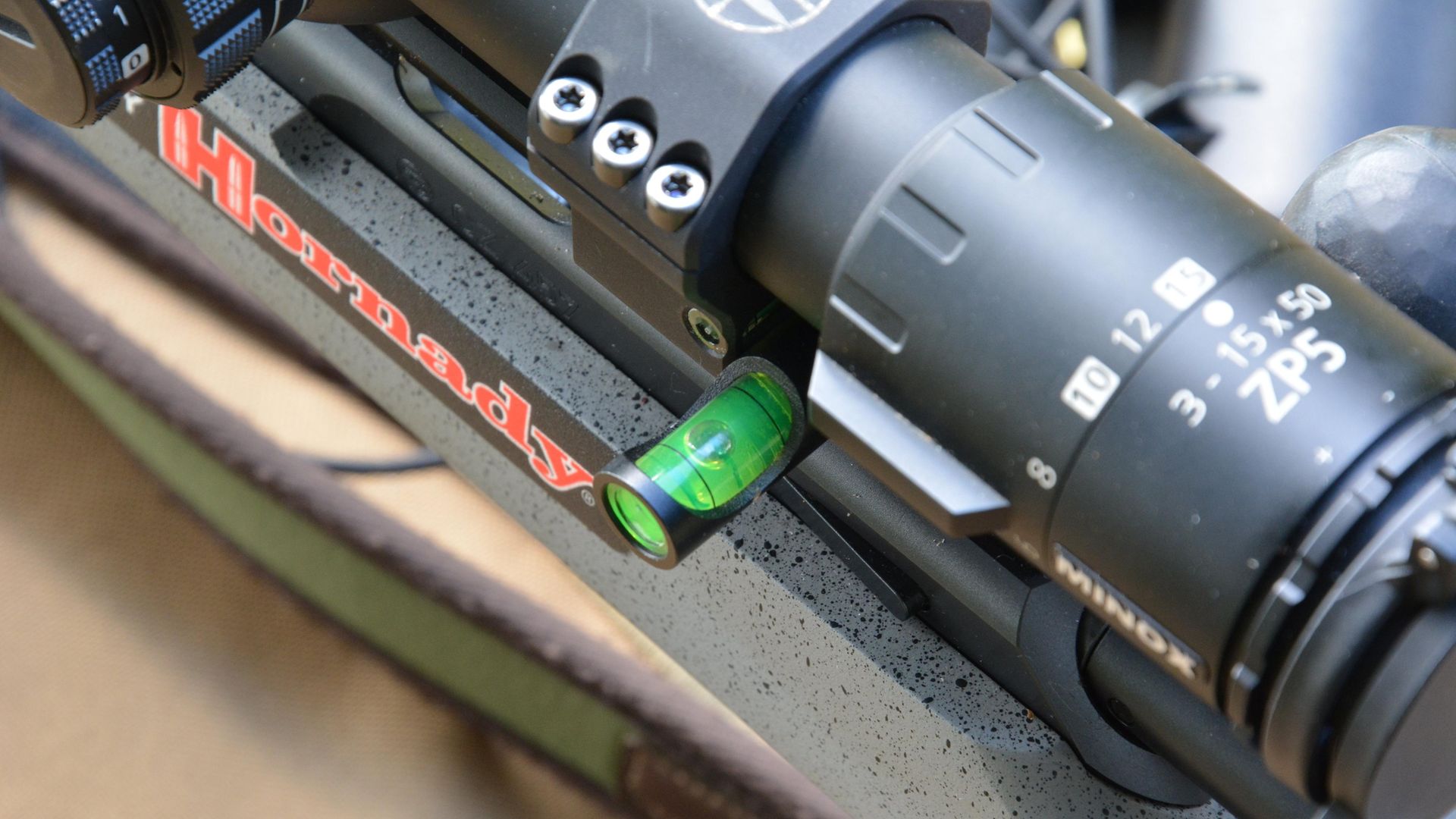 credit: Chris Parkin
credit: Chris Parkin